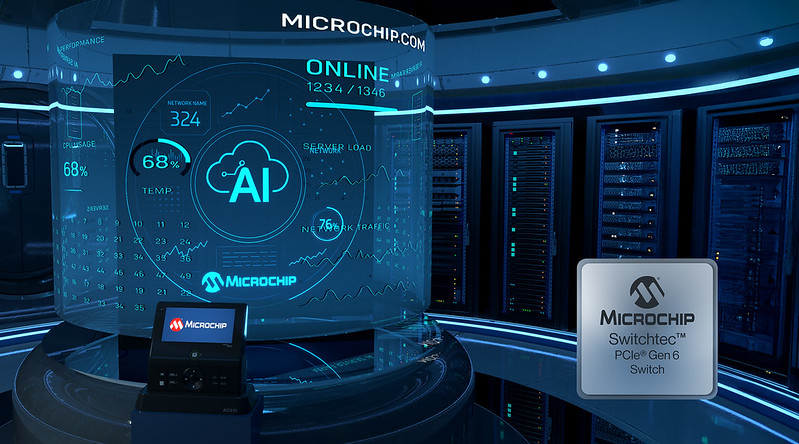It’s funny that, as all things silicon shrink and we look forward to alternatives, we’re getting used to hearing about carbon as a regular material – but always in the form of graphene or tubes. As diamond, it seems completely foreign. Yet it’s basically the same stuff.
Then I saw a press release about Element Six ramping up production on diamonds for use in EUV. How a diamond factors into EUV was completely non-obvious to me (well, until I had a discussion with them and then reread the release). Part of my confusion was the fact that diamonds (at least good ones) are transparent, and yet EUV systems don’t use lenses or any other transmissive optics; the EUV energy is channeled by reflection – it’s all mirrors.
So where could a diamond figure in? And why something so “expensive”? (Gonna bypass the whole market control issue here…) Those of us not involved also might think of artificial industrial diamonds as made by simulating the conditions under which natural diamonds are created: high temperature and pressure.
But there are a lot more options than that. Element Six (no, they don’t compete with DeBeers: they are a part of DeBeers) has numerous ways of making diamonds for different applications. Yes, large single-crystal pieces using the high-temp/pressure method, but also grits and purer polycrystalline diamonds.
The ones used in EUV are grown using CVD by creating a plasma out of methane and hydrogen, with the methane breaking down to release carbon. And these guys are particularly pure. Their important properties for EUV, according to Element Six, are the fact that they have the highest thermal conductivity of any room-temp solid and that they can pass a wide range of frequencies without lensing or aberrations.
So where does this fit into the EUV picture? No, not in the actual EUV delivery portion: in the CO2 laser itself for a laser-produced plasma (LPP) system. It forms the windows through which the laser travels, including the output coupler from the lasing cavity, along the transport path, and up to and including the final window in the subsystem. Other materials tend to break down around 8 KW or so; diamond can handle megawatts, so it’s the only material that can realistically be used in this application.
An increase in production would presumably reflect confidence that EUV systems will hit their stride and be produced in “volume” quantities…
And if you wish to see more about their specific announcement, you can find it in their release.




